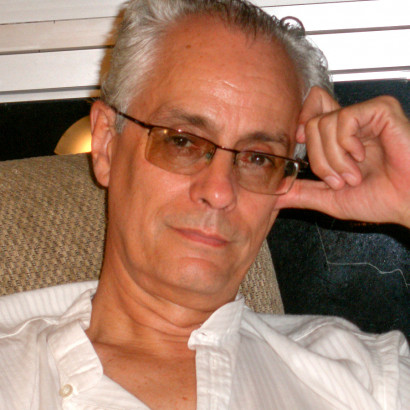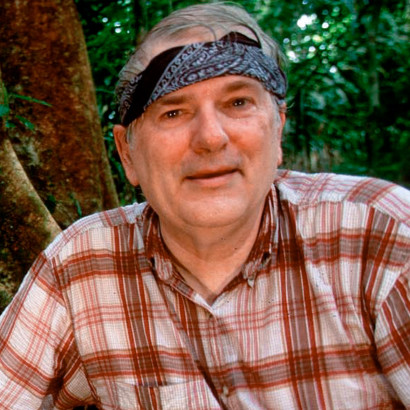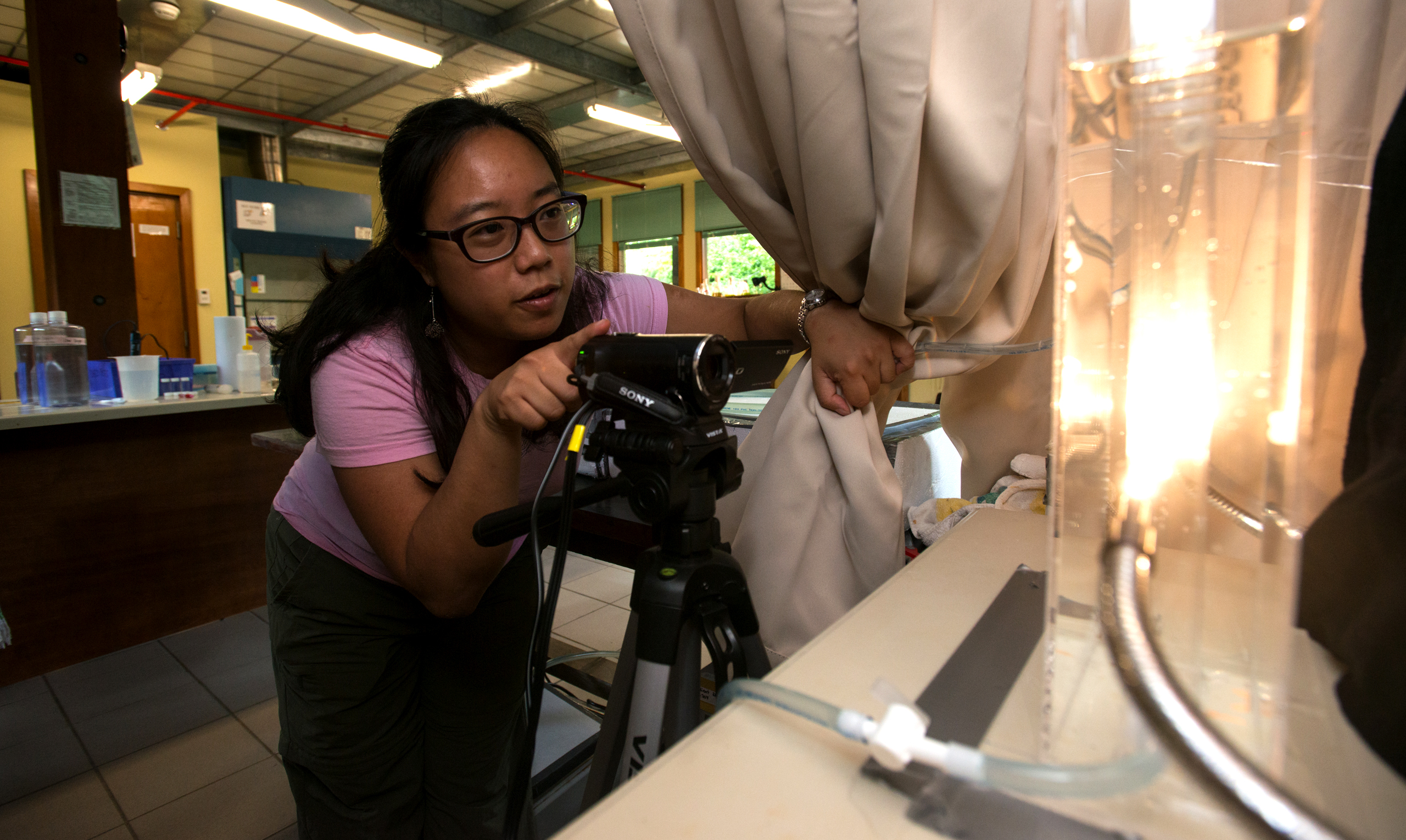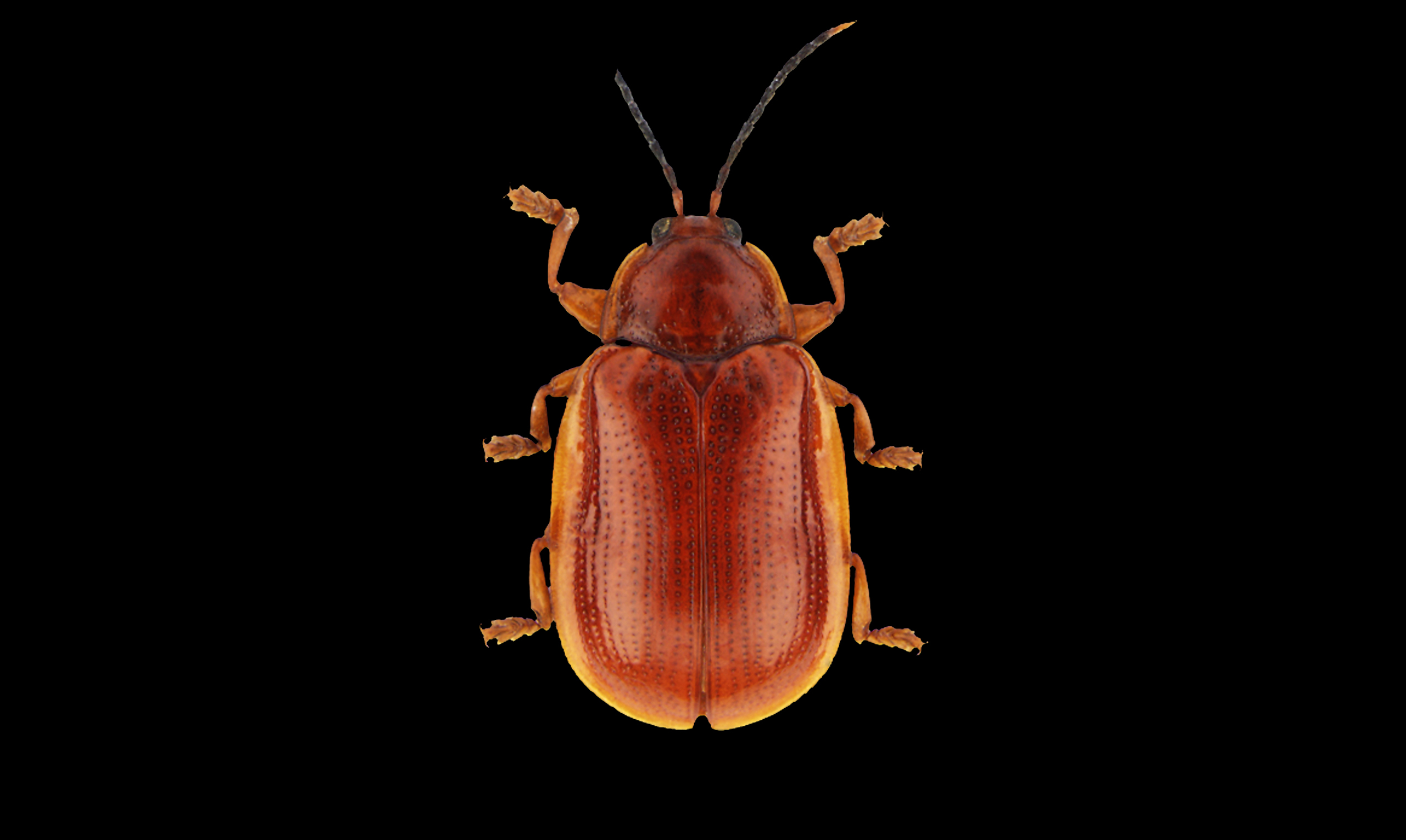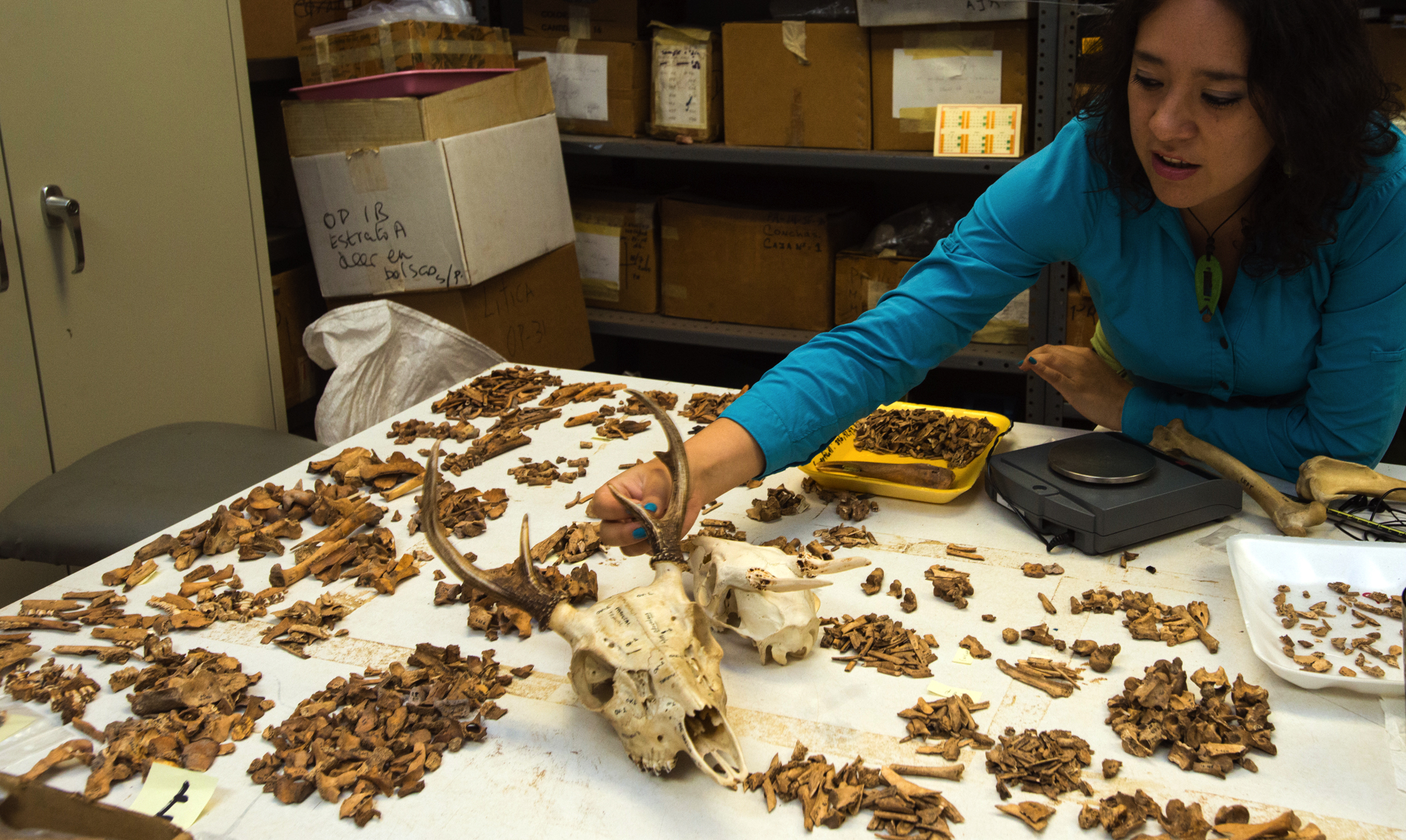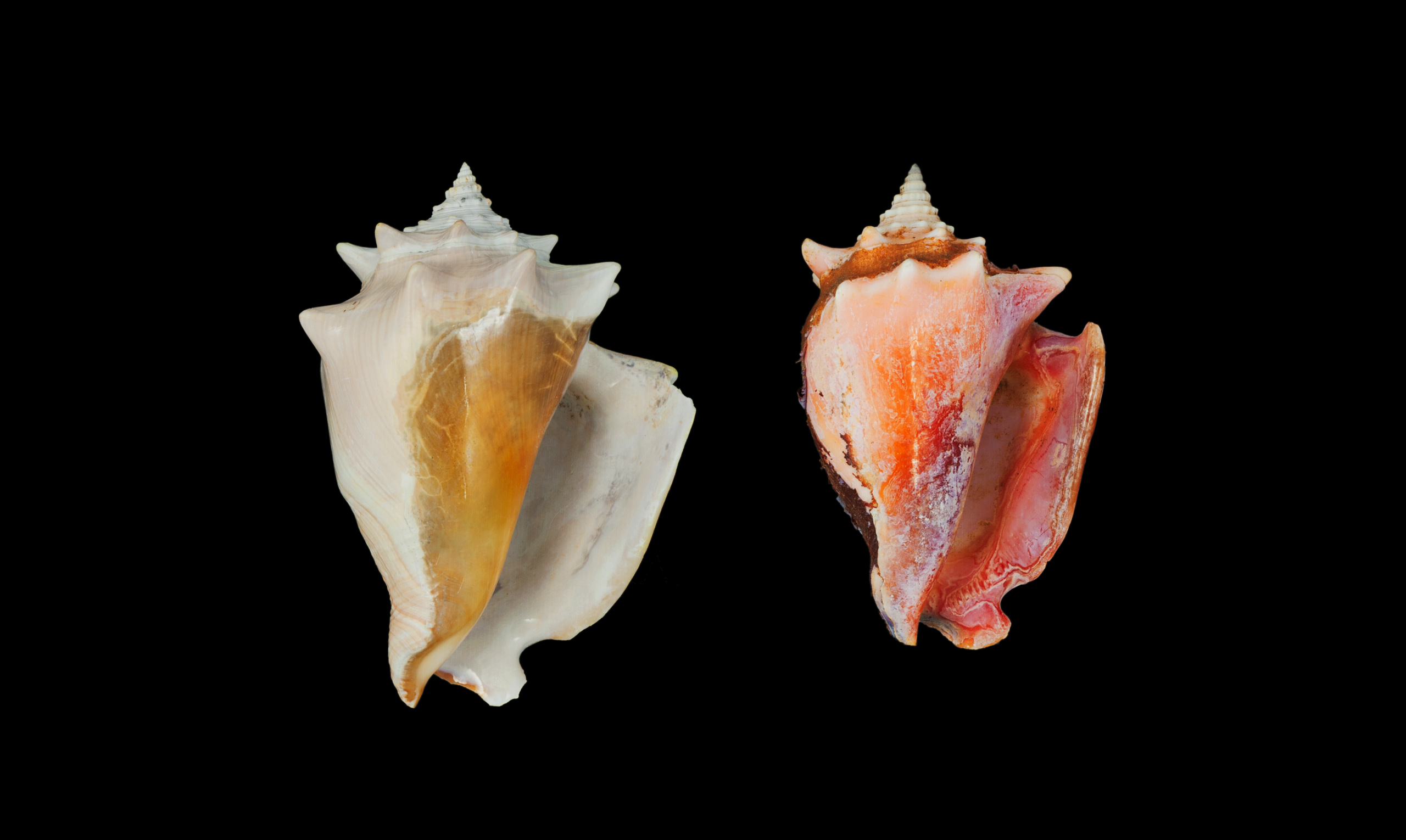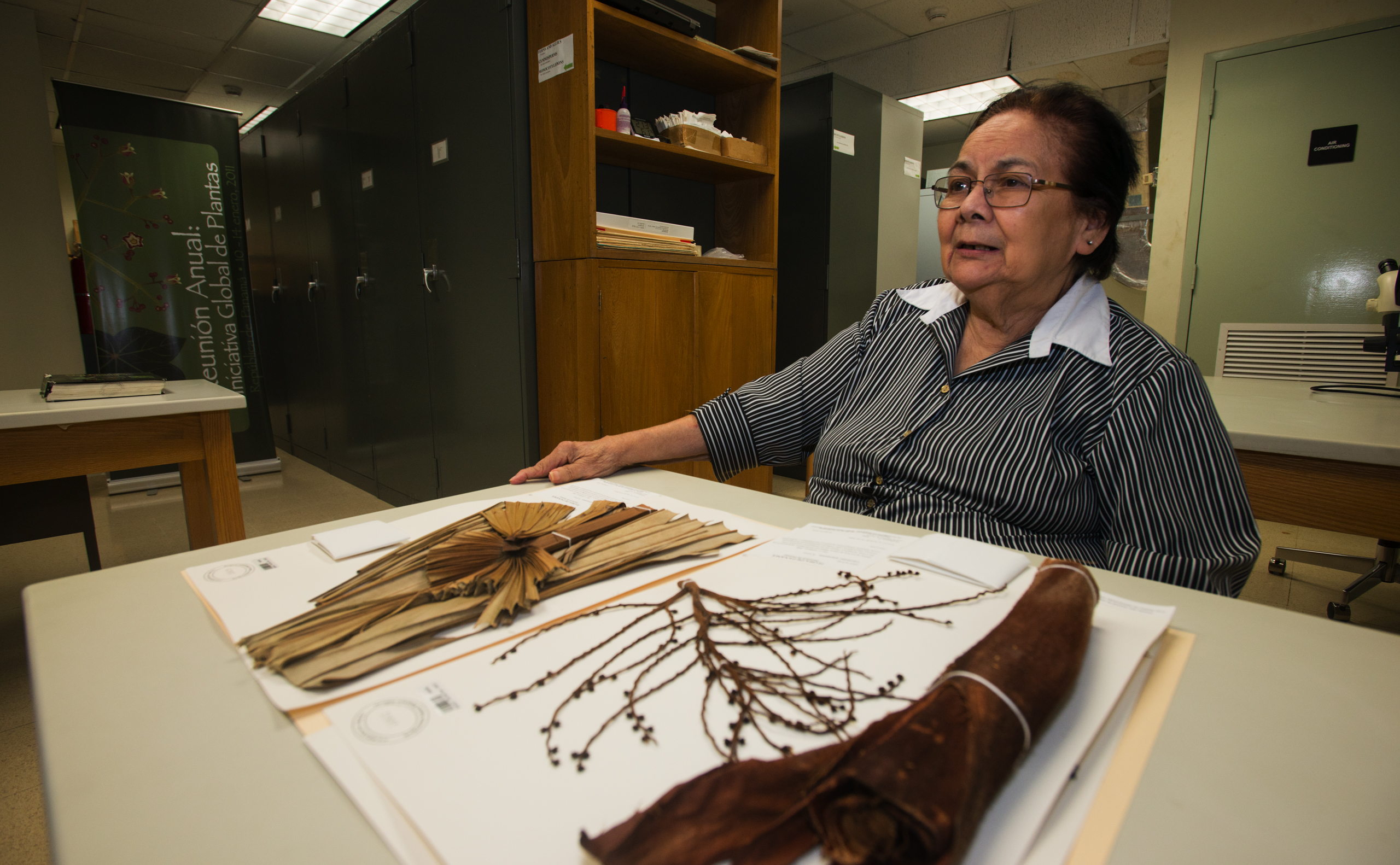Fernando Santos-Granero
Native tropical American peoples exemplify human adaptation. With great cultural and social diversity, sophisticated management of tropical environments, and a holistic worldview, Amerindians are a model to evaluate our own societies.

Rituals of Enslavement and Markers of Servitude: Orlando Patterson in the American Tropics, 2016
Images of Public Wealth or the Anatomy of Well-being in Native Amazonia, 2015.
My research interests range from the historical study of native Amazonian peoples in colonial times to the analysis of present-day indigenous cultural practices, through the examination of the historical processes leading to the configuration of modern Amazonian regional economies.
In my publications, I have addressed a broad range of ethnographic subjects, including native philosophies of power, forms of sociality and friendship, theories of materiality and personhood, notions of beinghood and people-making, and indigenous ideas of public wealth and well-being.
My historical studies on indigenous forms of slavery and servitude, processes of ethnogenesis, and transethnic identities have provided new insights on the complexity of pre-contact indigenous Amazonian societies; whereas my studies on the economic histories of the Selva Central and Loreto regions have illustrated the great variation in land use patterns, extractive activities, forest resource use, interethnic relations, and development of civil rights within Peruvian Amazonia.
My present research — a reconstruction of the life and political trajectory of a charismatic Ashaninka leader of the early twentieth century — brings together my ethnographic and historical interests in an effort to unveil a little-known episode of the history of Peruvian Amazonia.
How have native Amazonian societies been successful in harsh environments?
Indigenous Amazonians conceive all beings as having been human in mythical times. In their view, human and former human beings (animal and plants) are engaged in a predatory competition for scarce or ill-distributed life forces. They consider, however, that all beings have the right to live, and that all aggression can and will be responded to with a similar or greater hostility. This results in an ethic of self-regulation that ensures an overall balance in interspecific relations. The key to their success is, therefore, a healthy respect for all living forms.
Do objects have an occult life?
Native Amazonian peoples conceive objects as living beings possessing different degrees of consciousness, agency, intentionality and communicational skills. Some objects are thought to be full subjects capable of acting upon the world; others are thought to depend on human action to express their subjectivity. Personal objects are believed to become imbued with the soul stuff of their owners and, thus, part of their owners’ bodies. In turn, some of the objects owned by the primordial people are thought to have become part of their bodies once they were transformed into animals. Thus, objects are believed to play an important role in the fabrication of all living beings.
Were there slaves in pre-Columbian Amazonia?
If we take the notion of slavery to mean the condition originating in the violent capture and removal of people from their families and societies — a condition entailing their subjection to ritual processes of desocialization and depersonification, their compulsory inclusion into the society of their captors as people without rights, and their total subjection to the power and personal whims of their masters – then slavery was indeed present in tropical America in pre-Columbian times. Amerindian slavery differed greatly, however, from slavery as practiced in colonial America in that it was a temporal condition that ended once captive slaves – or their descendants – were incorporated into their masters’ society through marriage or adoption.
Are native Amazonian modes of knowledge different from ours?
Native Amazonian modes of knowledge differ from our own not because Amerindians have different intellectual capabilities than non-indigenous people, but because they often consider that “true” knowledge of the world does not depend solely on empirical observation but must be obtained through dreams, visions, and revelations. Children learn to hunt or to garden from their parents and their personal experience, but such knowledge is considered to be incomplete if it is not complemented by the knowledge acquired from the spirit owners of animals and plants. Such knowledge requires establishing contact with these beings in a spiritual plane.
Are personhood and humanness distinct notions?
In contrast with Westerners, who view personhood and humanness as identical conditions, Amerindians regard these two conditions as independent states of being that may or may not manifest together. Whereas native Amazonians consider personhood as an attribute of all living beings insofar as all of them were people in mythical times, they regard humanness as a quality pertaining to only one kind of beings: present-day human beings who are thought to be the only “true people.” This dual conception not only allows for the existence of both “non-human persons” (e.g. animals, plants, objects) and “non-person humans” (e.g. witches or humans deprived of their souls), but also admits internal distinctions in terms of degrees of humanness and personhood.
What lessons do indigenous Amazonian societies have for the West?
The idea that all living beings were human in primordial times and that animals, plants and objects might lash back if they feel overexploited by humans, make native Amazonian worldviews much more respectful of non-humans than is the case in Western societies, where these beings are classified as being part of “nature” and are thus amenable to being exploited, transformed and dominated without regards for their reproduction and integrity. Taking example from indigenous worldviews we should become more aware of the fact that humanity is part of nature and that its survival is inextricably tied to that of the natural world. We would then have better chances of putting a stop to the destruction of our planet and preserve it for future generations.
Licenciatura en Antropología at the Pontificia Universidad Católica del Perú (1980).
M.Sc. and Ph.D. in Social Anthropology at the London School of Economics and Political Science (1986).
2015 (ed.) Images of Public Wealth or the Anatomy of Well-being in Native Amazonia (book) Tucson: The University of Arizona Press.
2009 Vital Enemies: Slavery, Predation, and the Amerindian Political Economy of Life (book) Austin: University of Texas Press.
2009 (ed.) The Occult Life of Things: Native Amazonian Theories of Materiality and Personhood (book) Tucson: The University of Arizona Press.
2002 Comparative Arawakan Histories: Rethinking Language Family and Culture Area in Amazonia (book) Urbana: University of Illinois Press. (co-edited with Jonathan D. Hill)
2000 Tamed Frontiers: Economy, Society, and Civil Rights in Upper Amazonia (book) Boulder: Westview Press. (co-authored with Frederica Barclay)
1998 Selva Central: History, Economy and Land-Use in Peruvian Amazonia (book) Washington D.C.: Smithsonian Institution Press. (co-authored with Frederica Barclay)
1994-2007 Guía etnográfica de la alta Amazonía (book collection) Lima: FLACSO-Sede Ecuador/Smithsonian Tropical Research Institute/Instituto Francés de Estudios Andinos. (co-edited with Frederica Barclay)
1991 The Power of Love: The Moral Use of Knowledge amongst the Amuesha of Central Peru (book) London: Athlone Press.
